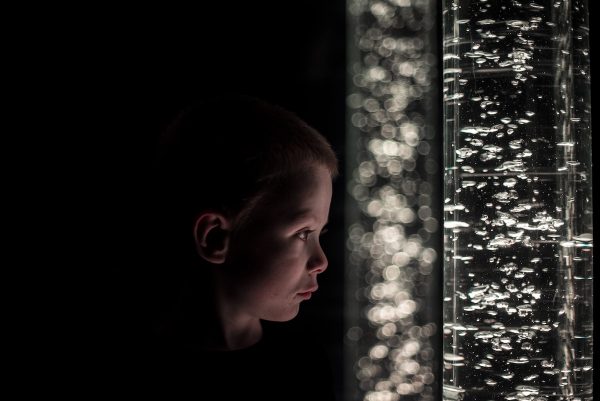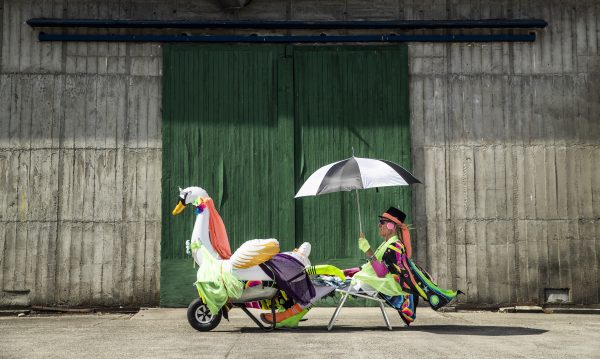
Best of Wildlife
‘Never work with children or animals’ goes the old adage. Featured here are the best wildlife images from the past seven years of the competition, and digital editor Emma Smith interviews Kiwi underwater photography legend Richard Robinson about creating compelling imagery of sharks… without getting eaten.



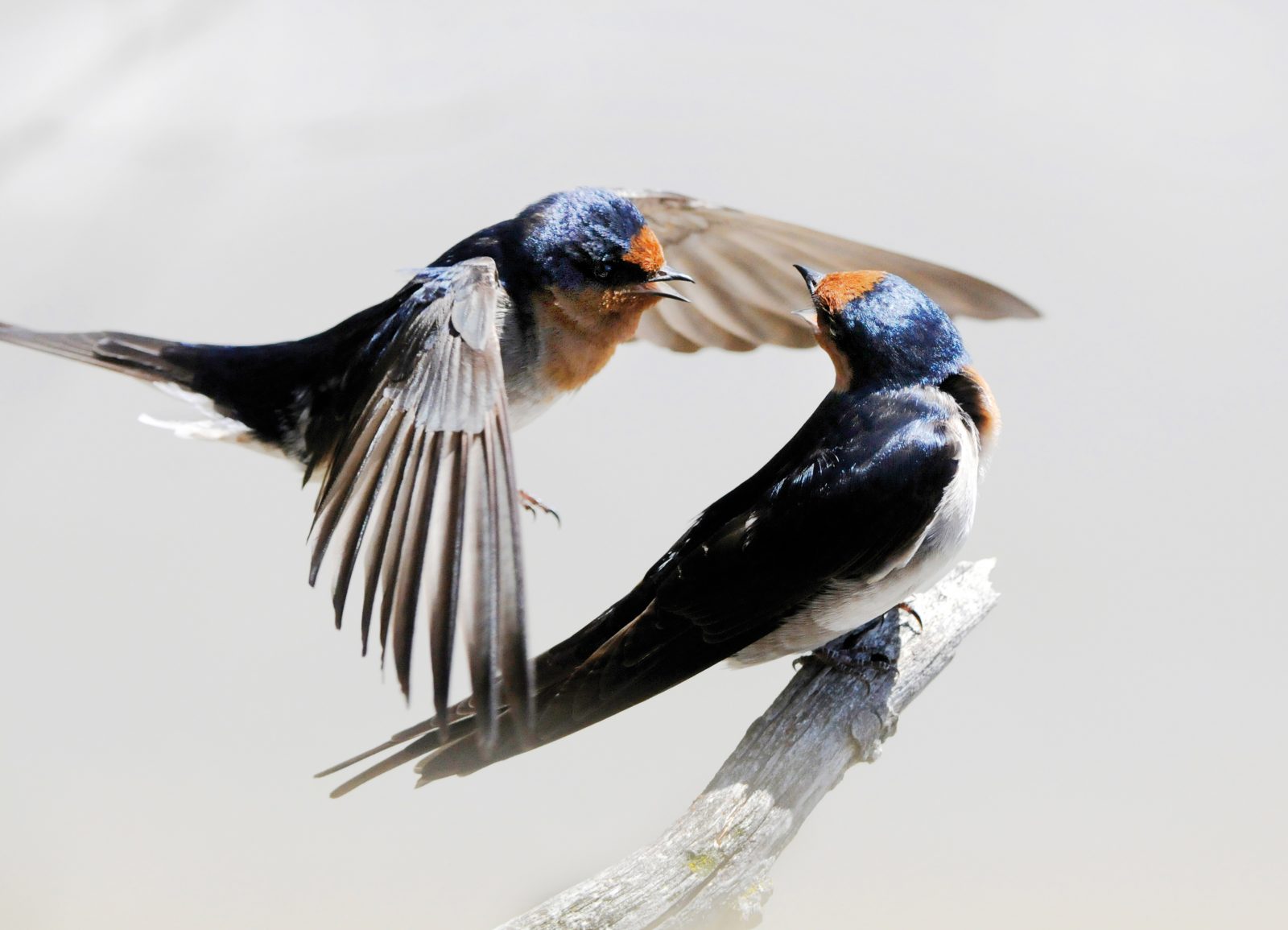

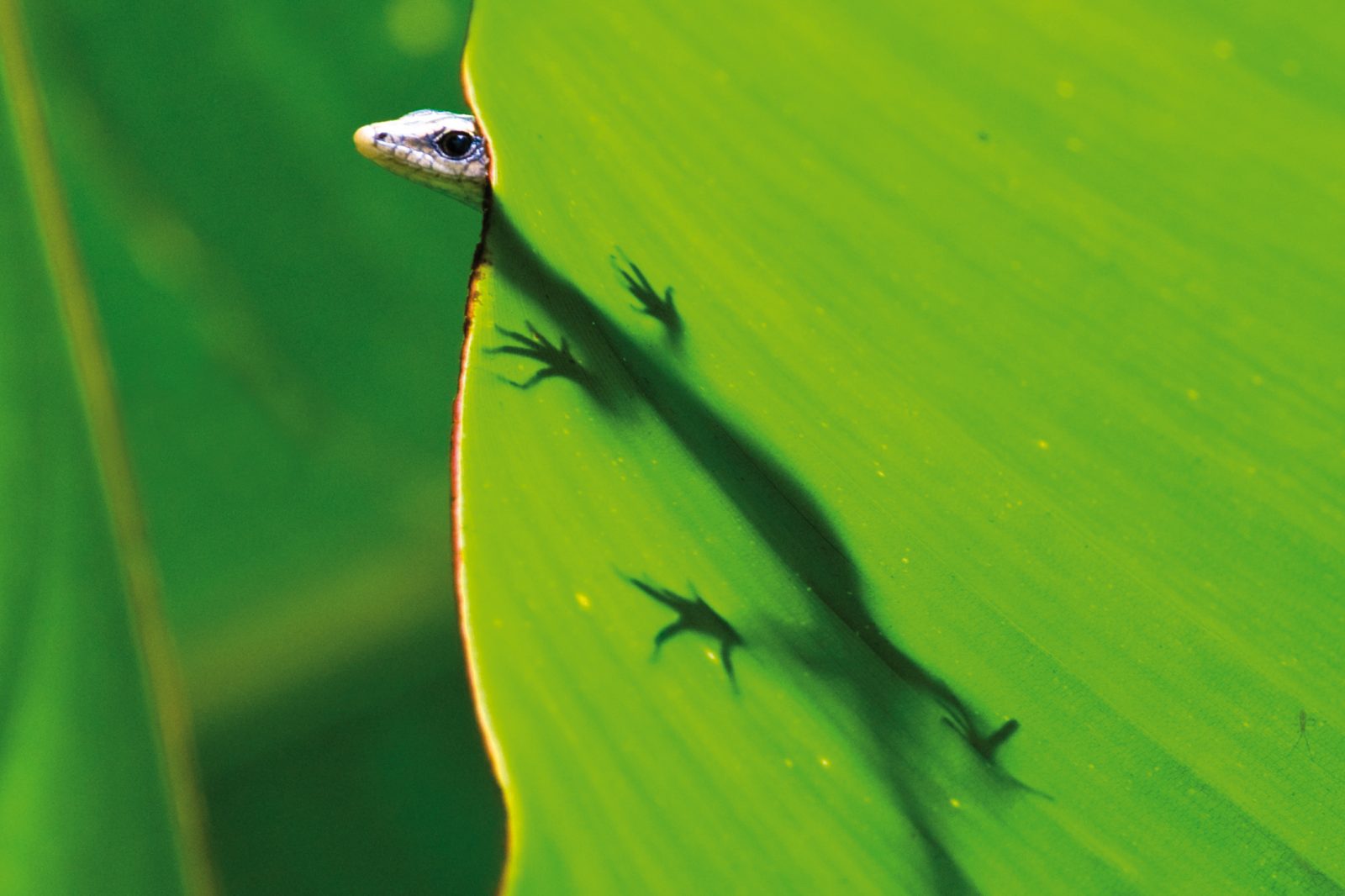
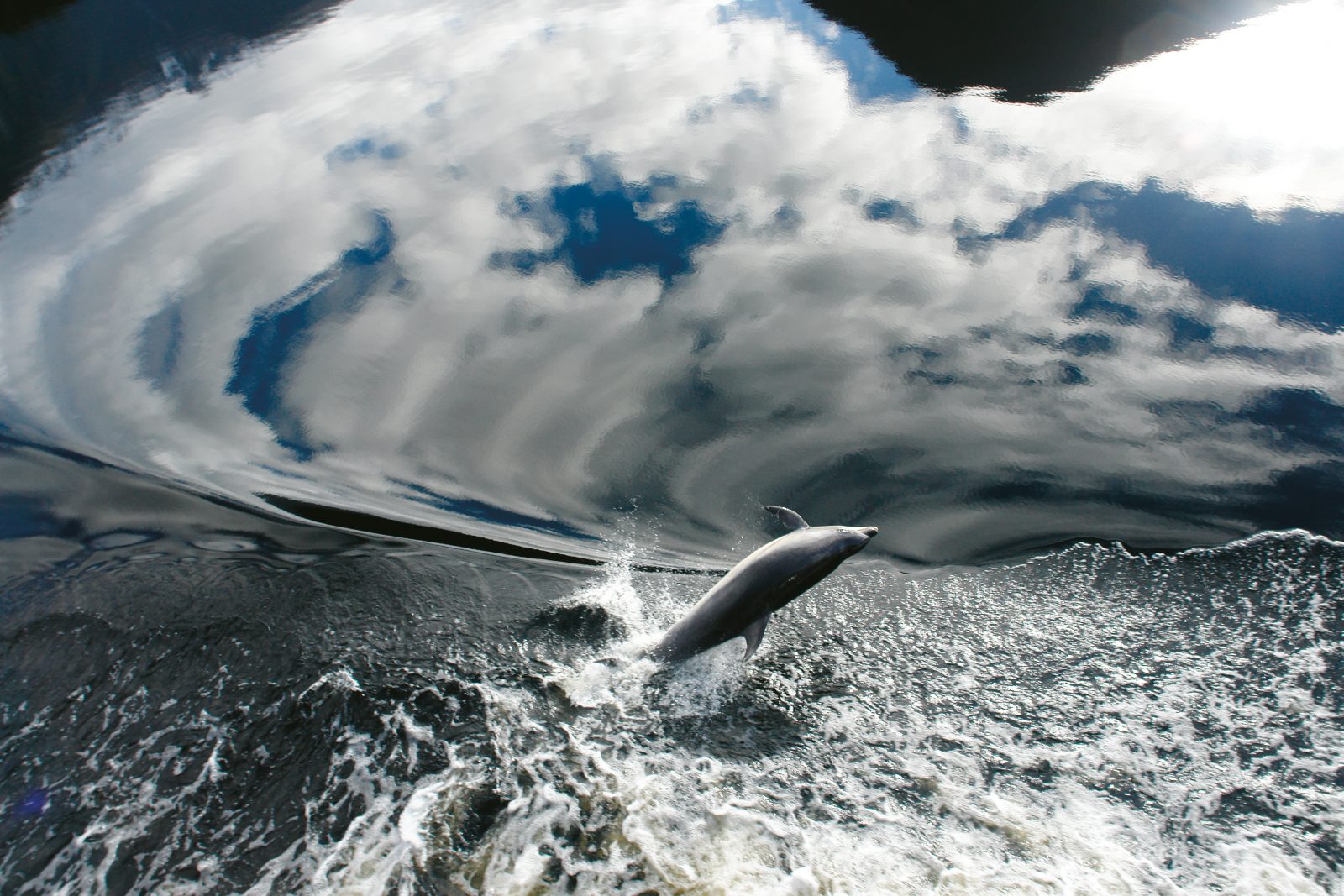

In the lead up to the 2016 New Zealand Geographic Photographer of the Year Awards we catch up with 2015 Wildlife category winner, and two-time overall Photographer of the Year, Richard Robinson.
WHAT HAS HAPPENED IN THE YEAR SINCE WINNING THE AWARD?
I spent most of January in the Enderby Islands for New Zealand Geographic, down on the subantarctics. The highlight was shooting a feature on sea-lions and a feature that’s yet to be completed on penguins.
We did well at the 2016 Canon Media Awards. Images I shot for New Zealand Geographic won Best Photo Essay, and the same picture that won the New Zealand Geographic Wildlife Photograph of the Year won the Best Environmental Photo.
What do you think makes a good wildlife photograph?
Originality; particularly these days with such an over saturation of images out there. It doesn’t matter what it’s of, it just needs to be something we’ve not seen before. That’s what was great about the blue shark from last year. It’s not an animal that people see on a daily basis.
So, how do you go about getting an original image?
How do you do that? Good question. If I could answer that I’d be earning more money. I don’t know. I try not to pay too much attention to what’s going on in that particular field and source inspiration from other places. I don’t go out with a photo in my mind, I try to go out just being open to what’s going on in the immediate situation that I’m photographing in. Essentially it’s about trying to think outside the square and look at different genres for inspiration.
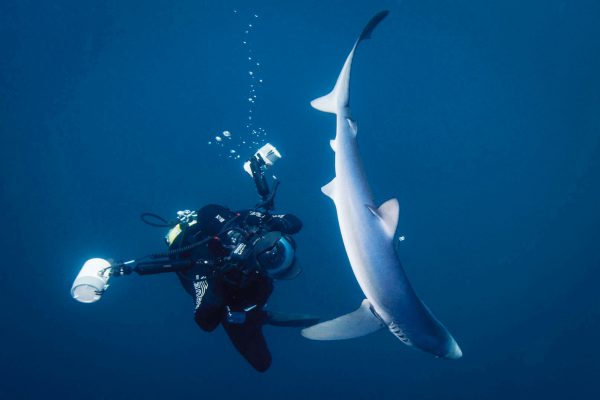
What are some of your top tips for shooting wildlife?
You need an extreme amount of patience. You can’t just go out and take a great pic, you need to wait for it to happen. You can’t rush it.
You need to be prepared for all the elements in the environment, to go from being sunburnt to being in torrential rain.
So what’s in your kit?
It depends on the assignment, because when I’m on dive expeditions I’ve got a ridiculous amount of camera gear. Once you’re out on a boat you can’t run down to the shop to grab something if you’re missing something, so you need to think of every possible thing that can go wrong and have a solution for it. And then you try and work out what you can leave behind, particularly when you’re flying. Generally things like clothing get left behind so you can take more camera gear. It’s trial and error. Every time you go away you discover something new you need.

What are the challenges and pitfalls to watch out for when shooting wildlife?
I think we all want to get that original image I was talking about earlier, but it’s important not to do these things in a way that may affect the animal, or affect the animal’s behaviour. You want to always be considerate of the animal you’re photographing and the environment around you, making sure your presence isn’t detrimental to what’s going on. Being in any situation is going to have that butterfly effect, so you want to be doing it in a way that’s going to have minimal impact. You also need to make sure you have the right permission and the right permits.
What has been the most memorable moment of your career so far?
That day I shot that blue shark—that’s probably one of the best photographic days I’ve ever had. It was all going horribly wrong. We were too late in the year. I was trying to finish off the mako feature for New Zealand Geographic and there weren’t many animals around. We were after makos. I hadn’t seen any all day, it was starting to get dark, and then that blue turned up. All the things that normally go against you came together to make some amazing photographs. There was about one hour of magic where it all just came together.
How do you keep your cool around dangerous animals like sharks?
It’s not a case of jumping in the deep end; it’s about slowly building up confidence and trust. Each experience just adds that little bit more knowledge in the back of your brain to know when things are okay and when things aren’t, and you just kind of build on that.
I mean, you just can’t go out at sea and start jumping in the water with sharks without cages—you’re going to have an accident.
But that’s for all animals—like the sea-lion story I did for New Zealand Geographic in January. It’s a case of slowly watch and learn and see what’s going on, and before you know it, if you’re quiet and still, animals will come right up and check you out.
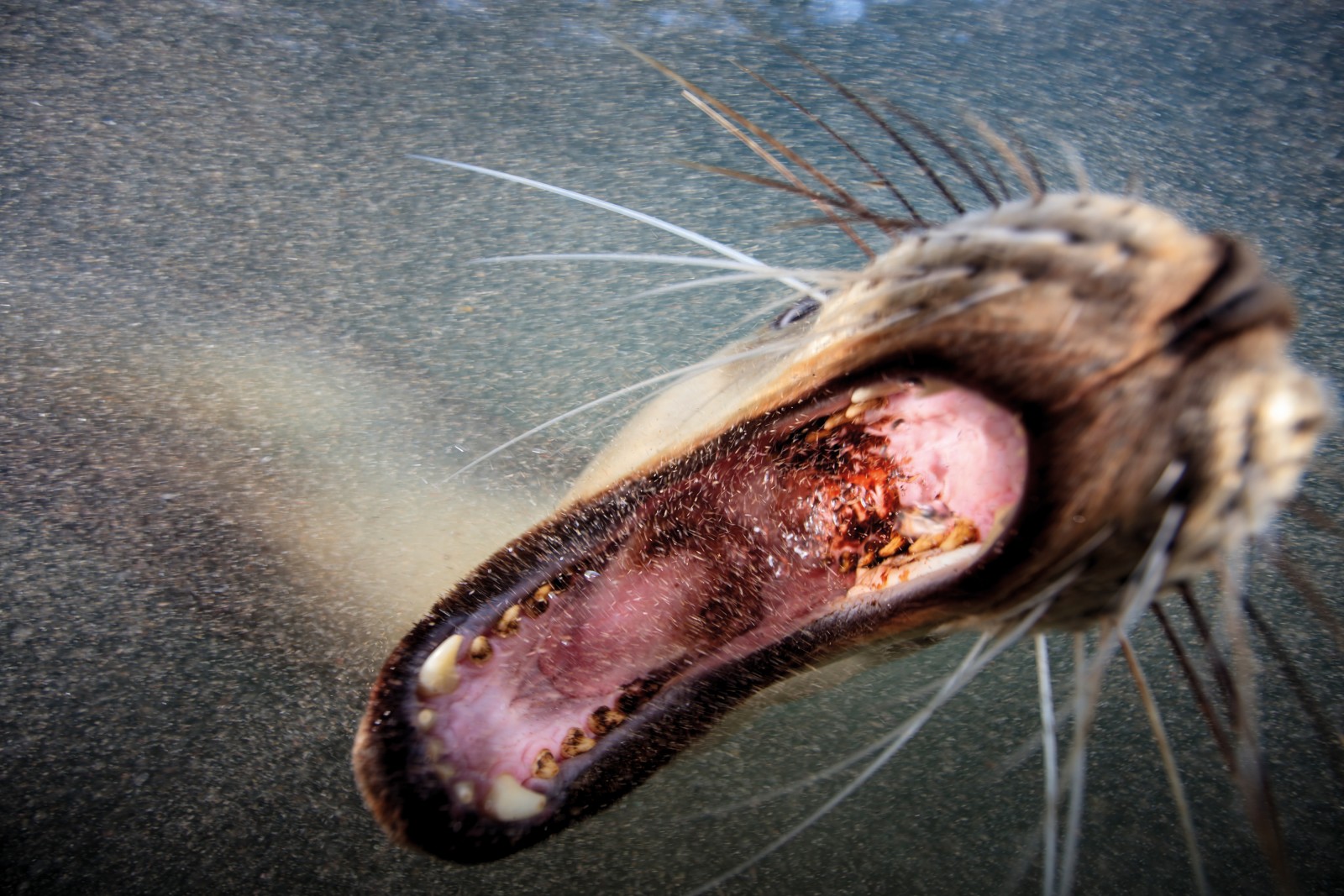
What advice do you wish someone had given you when you were starting out?
For photography in general—be better at business. Photography’s not really about being a photographer any more, it’s about social media, it’s about running a business. That’s the hardest thing. I was a press photographer for most of my adult life and I didn’t have to worry about anything. I got a pay-check every week and holidays and all that. When you go out and work for yourself, it’s a really different beast. And those jobs are becoming very few and far between.
In the beginning, particularly with underwater photography, the pros were photographers who had invested their lives into figuring out how to do it, whereas now the scientists no longer rely on photographers for these images. The scientists are becoming great photographers in their own right, and that’s across the board. You get photography enthusiasts who are specialists in other fields and they’re doing the most amazing photography because they’re the ones who have the access and the knowledge.
WHO ARE YOUR FAVOURITE PHOTOGRAPHERS IN WILDLIFE PHOTOGRAPHY?
The photographer who’s most inspired me was my grandfather. He was a press photographer and an underwater photographer. I don’t think of myself as a wildlife photographer, I think of myself as a photo journalist, but now I’m telling stories around the water as apposed to telling stories at court, or a rugby game, I’m just focused on our marine environment, so a huge part of that is photographing wildlife, but not all of it. I’m still interested in the people and stuff around it.
I like the old greats, like Mike deGruy who was the master of underwater photography. But the ones who really excite me at the moment are the young guns who are coming through—like Edin Whitehead, who was New Zealand Geographic Young Photographer of the Year two years ago. I love watching her instagram feed. She’s shooting some cool stuff.
In How to Win this Competition, New Zealand Geographic editor James Frankham wrote that if he saw “another photograph of a log on a beach at sunset”, he would puke. Are there any wildlife photography clichés that really rile you?
That’s the amazing thing about photography. What he’s saying is so true, but then somebody will come and take a picture of a log on a beach at sunset in a way that’s never been done before and blow your mind.











